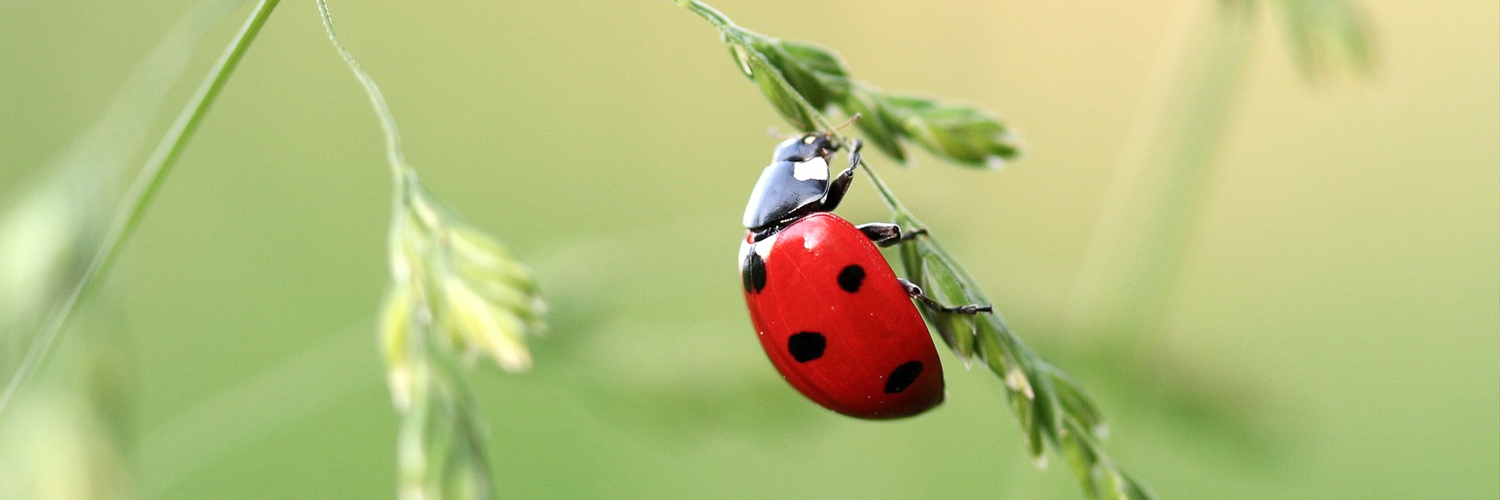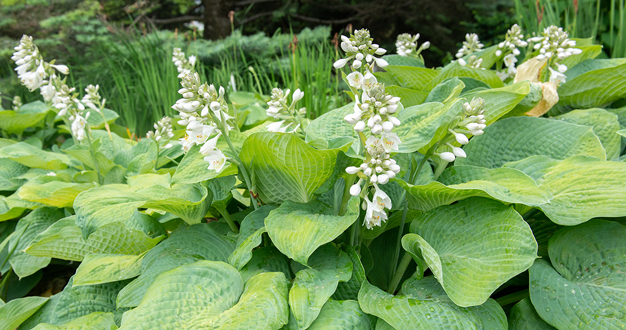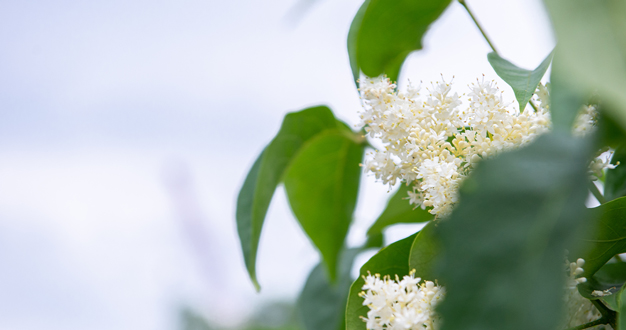
You might be familiar with the increasing talk about pollinators and why they matter. But do you know about the many insects that make a garden healthy in another important way too – insects known as “natural enemies”? The truth is that while some insects cause a lot of damage in the garden, there are many others that are ready to join us in our battle against unwanted pests. And if you plan your landscape with their needs in mind, they can help keep those damaging insects under control without you lifting a finger – or an insecticide. Here we share a few ways you can be a good host to these beneficial insects – by inviting them in, making them feel welcome, and keeping them safe in your landscape.
Know Who They Are
Before you get started, it’s helpful to know who these natural enemies are. They generally fall into two categories – predators and parasitoids. And learning what they do to help your garden is pretty interesting too.



Predators
Predatory insects kill and consume other insects, eating hundreds or thousands in a lifetime. A well-known example are the various lady beetles and their larvae, most of which are avid predators of soft-bodied insect pests, especially aphids. Adult lady beetles are easy to recognize, but their larvae look very different – like tiny, spiked, yellow and black alligator-like creatures. While it’s growing in your garden, a lady beetle larvae may eat a couple hundred aphids even before reaching maturity.
Hover flies are garden allies you may not be quite as familiar with – in fact, you’ve probably swatted one away, thinking it was a bee or wasp. But adult hover flies are only interested in your garden’s supply of nectar and pollen. It’s their predaceous larvae – tiny caterpillar-like maggots – that are in charge of devouring aphids, mealy bugs, and small caterpillars by the dozens every day.
And if you see a fairy-like lacewing with its transparent, soft-green wings and large, beady eyes, celebrate your good fortune. Because where you find adult lacewings, you’ll also find their larvae – another strange tiny alligator-like insect with long pinching mouthparts and a voracious appetite for aphids, mealybugs, spider mites, thrips, and whiteflies.
Other predatory insects you might attract to your garden include minute pirate bugs, soldier beetles, ground beetles, and praying mantises.

Parasitoids
The second group of beneficial insects – known as parasitoids – go about killing insect pests in a less immediate, but possibly more gruesome way. Parasitoids work by laying their eggs inside the body of another insect, such as a caterpillar. The offspring then complete their development, slowly consuming their host from the inside out. Many of these parasitoids are tiny – nearly microscopic –wasps that you’ll never even see. But if you’ve ever spotted a giant green caterpillar covered in what looks like white rice, those are immature wasps that have just finished consuming the guts of the caterpillar and have emerged to create their silken cocoons. This whole process of course means the caterpillar won’t complete its development or go on to reproduce more damaging caterpillars, whereas the parasitoid wasp will reach adulthood to lay more eggs and start the cycle again.
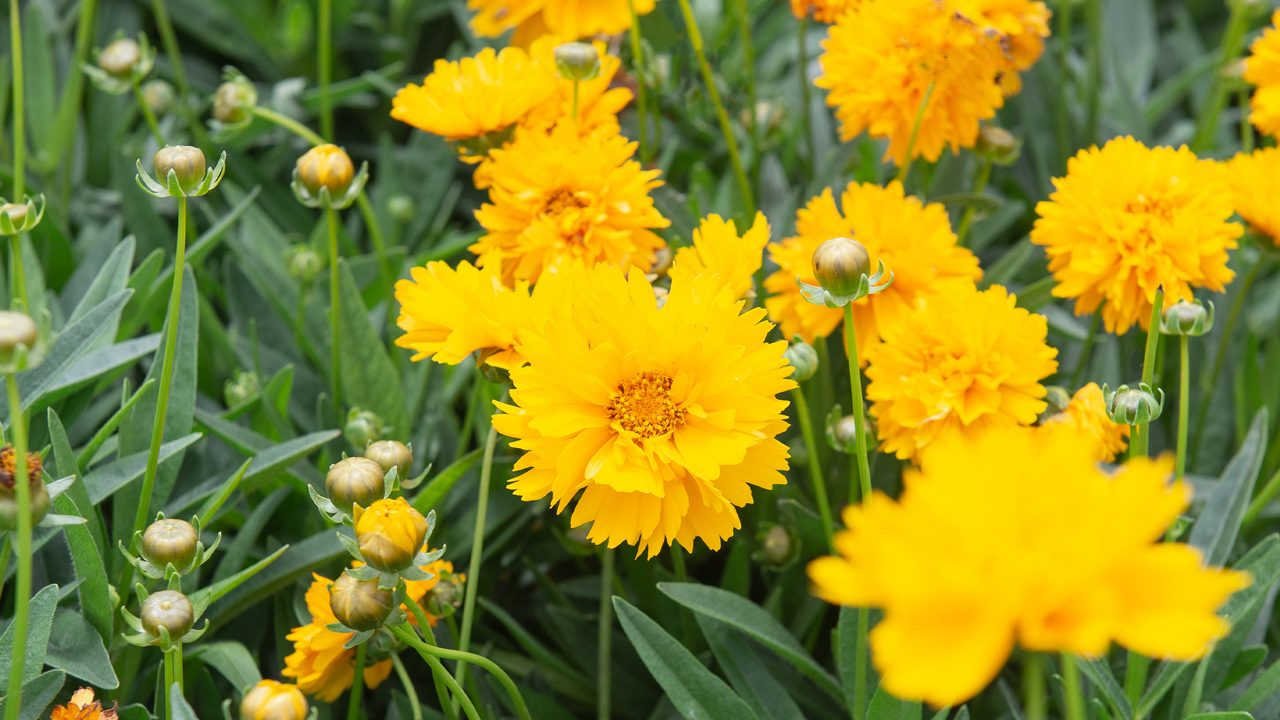
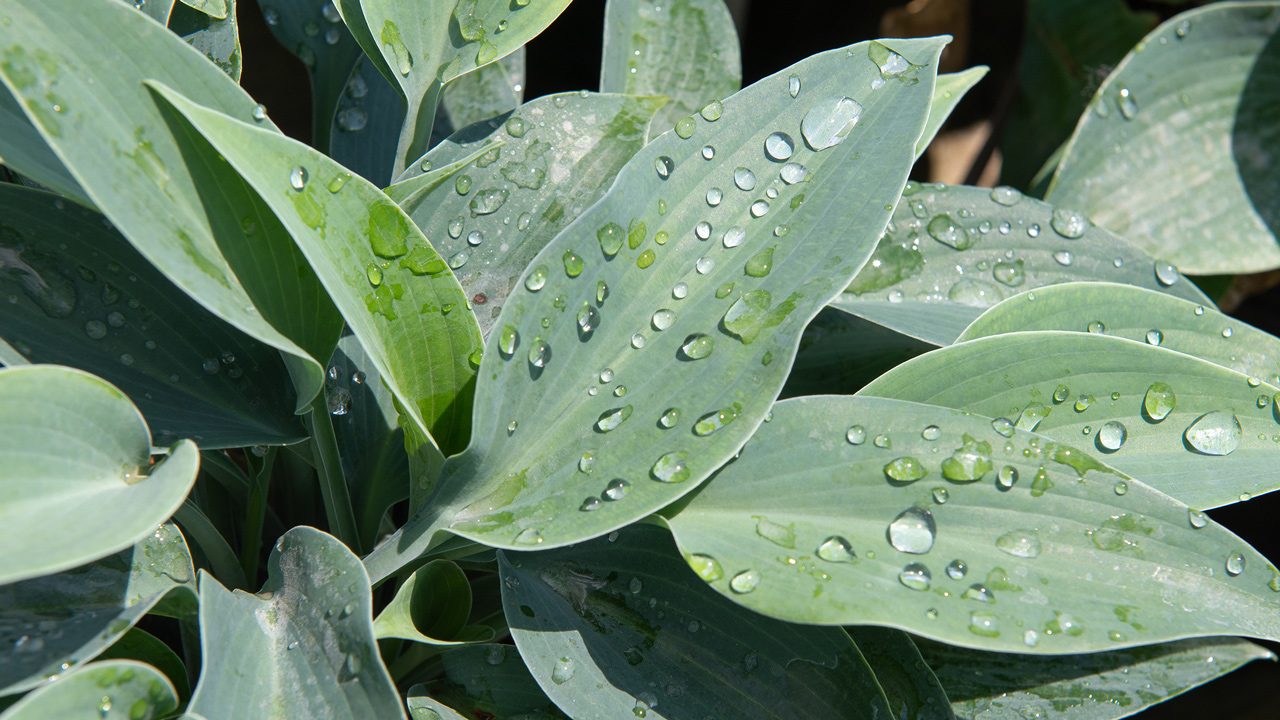
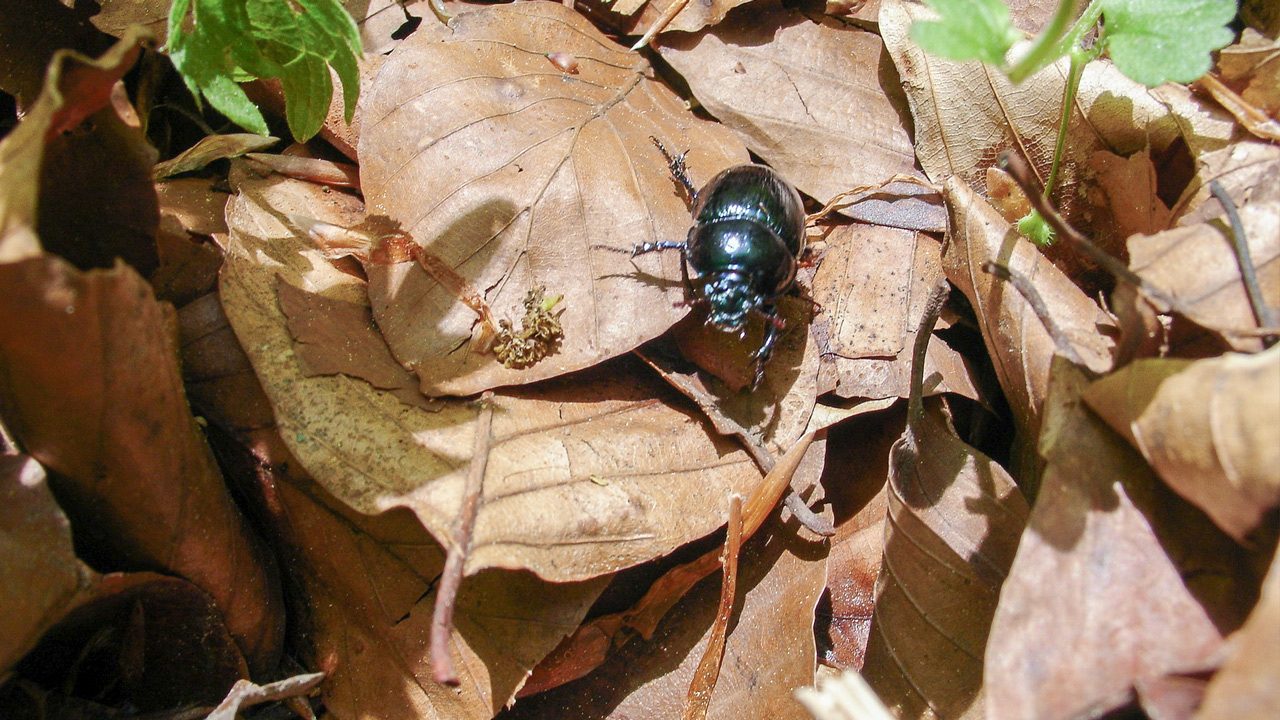
Draw Them into Your Garden
Like all living things, these natural enemies need some basics to survive and reproduce – food, water, shelter, and a healthy environment. If your goal is a thriving pest-control community that sticks around, working hard in your garden, you’ll need to provide all the essentials they need.
Add Lots of Flowers
Although in a lot of cases, the larvae of these natural enemies do most of the work killing unwanted pests, it’s the adults that are mobile and can be enticed to move into your garden. The adults often look for energy-rich nectar and pollen which they need to live longer lives and reproduce in greater numbers.
Fortunately, natural enemies are attracted to many of the popular flowers we include in our gardens – particularly if you’ve already started a pollinator garden or native wildflower landscape. But, because the mouth parts of many natural enemies are different than bees and butterflies, they tend to prefer flowers with shallower blooms. Some perennial examples include coreopsis, yarrow, aster, goldenrod, Queen Anne’s lace, coneflower, and blanket flower. Annuals like zinnia, sweet alyssum, dill, lavender, and coriander are good options too. To keep beneficial insects interested in your garden and working all season, aim for a variety of flowers that bloom from spring through fall.
Provide Moisture
Moisture is another essential that beneficial insects look for when deciding where to hang out. In natural landscapes, insects sip from droplets that collect on foliage after a rain. You can recreate this environment by using overhead sprinklers to wet your garden early in the day. Or you can also fill a few trays with pebbles and water to create a shallow place for insects to safely drink.
Give Them a Place to Rest
In addition to food and drink, beneficial insects need places to rest, avoid their own predators, get out of the sun, and wait out the winter. According to Penn State Extension, the foliage and branch structure of large, permanent plantings such as trees, shrubs, and even our lawn provide the protection natural enemy insects look for in all seasons of the year. You can also provide hiding and overwintering spots by leaving spent perennial stems and grasses standing through the winter and letting some of the leaf litter stay on the ground too.

Keep Them Safe
It goes without saying that part of the effort to keep these natural allies around to do their job must also involve avoiding pesticides that can harm them. Plus, we have to allow a certain number of their prey to hang around as they establish their populations. Understandably, that can take some patience. When pest insects show up, it’s tempting to reach for synthetic insecticides right away – but these controls can harm all insects, beneficial ones included.
So, if damaging insects get out of hand while you’re waiting for the natural enemies to get established, there are safer alternatives to broad-spectrum insecticides. Try directing a spray of water at the plant to knock back aphids and whiteflies. Or handpick larger beetles or caterpillars and drop them into a bucket of soapy water.
If an insecticide is unavoidable, first try gentler options – such as insecticidal soap, horticultural oil, or the botanically based pyrethrin. The experts at Penn State say these options have little or no residual activity – so as long as the beneficial insects aren’t there when you spray, the insecticide will more than likely break down before they do visit later on.
Build a Healthy Garden with Natural Enemies
This idea of inviting natural enemies to help control pest insects is called “conservation biological control.” And it’s something that we can easily do in our own backyards. In the Greenhouse and Nursery Yard, you’ll find everything you need – from annual and perennial plants to ally-friendly pest control products – to make your landscape a welcome place for beneficial insects to call home. And if you have questions, just ask – we’re always glad to help.

